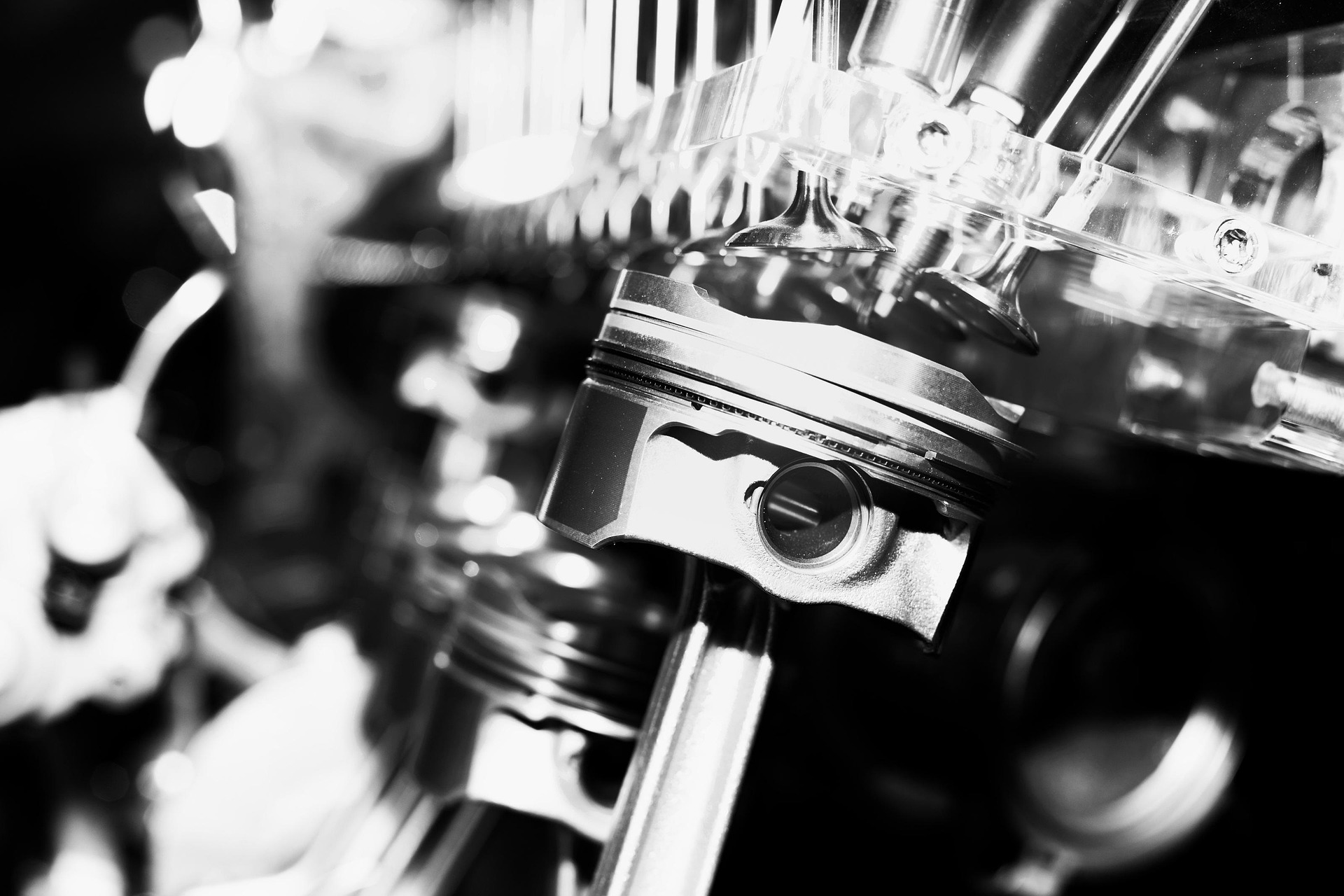The Renaissance of Rotary Engines: A Classic Technology with a Modern Twist
In the world of automotive engineering, the resurgence of a once-forgotten technology can be as exciting as the advent of a new one. This is the case with the rotary engine—a unique powertrain with a rich history and a promising future in the automotive industry.

The Origins and Evolution of Rotary Engines
Rotary engines, also known as Wankel engines, were initially developed in the late 1950s by German engineer Felix Wankel. Unlike traditional piston engines, Wankel engines rely on the rotation of an eccentric rotor to convert pressure into rotational motion. This design allows for smoother and more efficient power delivery, making rotary engines an attractive solution for performance-oriented vehicles.
However, the initial excitement surrounding rotary engines was tempered by their drawbacks. Early models were plagued by poor fuel efficiency and high emissions, leading many automakers to abandon the technology. Despite these setbacks, rotary engines found a home in Mazda’s lineup, most notably in the iconic RX-7 and RX-8 sports cars.
The Revival of Rotary Engines in the Modern Automotive Landscape
Fast-forward to the present day, and the rotary engine is experiencing a resurgence. Innovations in materials science and engine design have addressed many of the issues that originally plagued Wankel engines. With these advancements, rotary engines are now more fuel-efficient and environmentally friendly than ever before.
In addition, rotary engines are inherently compact and lightweight, making them ideally suited for use in modern vehicles where space and weight are at a premium. Their unique operation also produces fewer vibrations, resulting in a smoother, quieter ride.
The Potential Impact of Rotary Engines
The potential impact of the rotary engine’s revival is significant. For enthusiasts, it offers a unique driving experience characterized by smooth power delivery and high RPM capabilities. For everyday drivers, the compact size and improved fuel efficiency of modern rotary engines could mean smaller, more efficient vehicles without sacrificing performance.
However, the reintroduction of rotary engines is not without its challenges. Despite improvements, they still tend to be less fuel-efficient than their piston counterparts. They also require more regular maintenance and specialized knowledge to service, which could deter some consumers.
The Future of Rotary Engines
Looking ahead, the future of rotary engines appears bright. With ongoing technological advancements and an increased focus on efficient, compact powertrains, the rotary engine could play a significant role in the future of the automotive industry.
In conclusion, the revival of the rotary engine represents the perfect blend of past and future, combining classic engineering with modern advancements. As we move forward, the unique benefits and challenges of this technology will continue to shape the automotive landscape, offering enthusiasts and everyday drivers alike a fresh perspective on what’s possible in the world of cars.
The Promise of Rotary Engines: A Final Word
While the journey of the rotary engine has been marked by both success and struggle, its recent resurgence is a testament to the enduring appeal of this unique technology. As we continue to innovate and push the boundaries of what’s possible, the rotary engine stands as a shining example of how a classic idea can be reimagined for the modern era. Regardless of what the future holds, one thing is certain—the story of the rotary engine is far from over.
